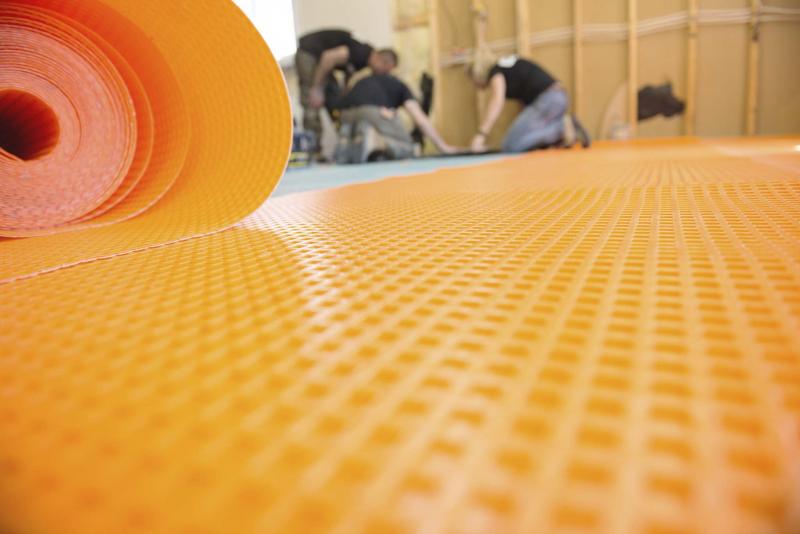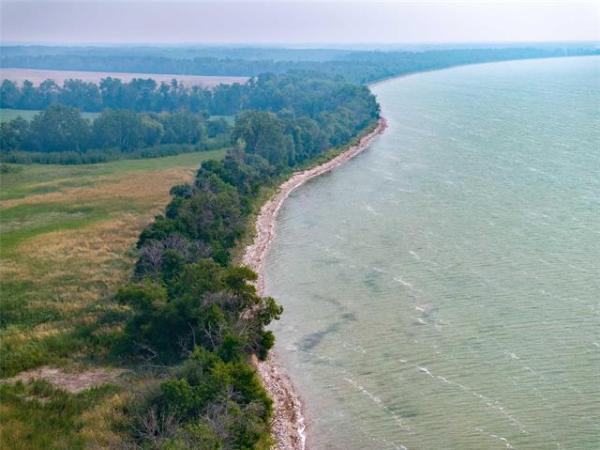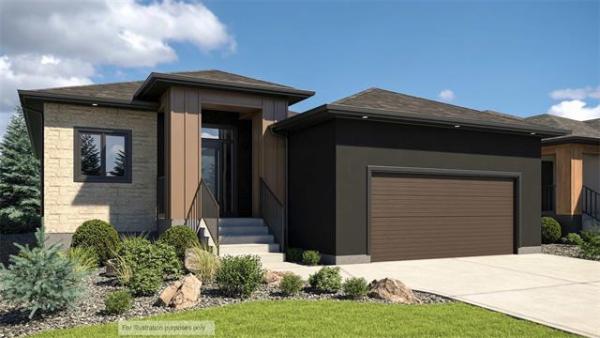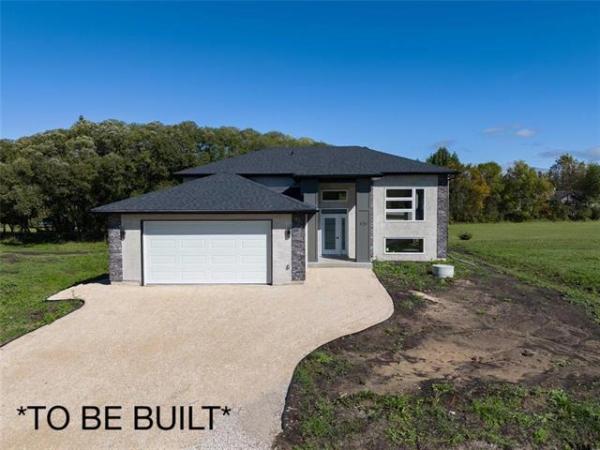Question: What are your thoughts on painting a structural plywood subfloor over the crawlspace in our new home, so that we can use the space for now and finish it properly in a couple of years? Any potential moisture-related harm in sealing the subfloor?
— Derek Graves
Answer: It is encouraging to receive a completely different question, particularly relating to a component of a newer style of construction that many people are not familiar with. While I will elaborate on that type of floor system, there should be little concern with painting the plywood floor sheathing for temporary use, but there may also be better options as well.
For those readers who don’t have a clue about what a structural wood subfloor is, I will provide some insight. Because of our expansive clay soil in this region, almost all traditionally built homes, with poured concrete basement floor slabs, have problems with movement. The concrete floors will almost always crack, heave, buckle or, in rare cases, sink. This may even begin to occur within a year or two after construction is complete. This movement makes it difficult to create a nicely finished rec-room area, because of the uneven floor. Also, the floor will be quite cool to walk on, unless an elaborate subfloor is installed that provides a thermal break between the floor coverings and the concrete.
To combat these issues, several creative builders have been building homes for the past few decades without a concrete slab-on-grade basement floor. Instead, they create a relatively shallow crawlspace below a wooden subfloor. This subfloor is structural in nature, meaning it will be built similar to the upper floor or floors in the rest of the home. The joists for this floor will be supported by main beams, typically bearing on poured concrete piers. The joists will then be sheathed with typical OSB or plywood subfloor material. The crawlspace will allow installation of a sump pit, plumbing drains, heating ducts, and wiring to be installed with decent access after the construction is complete. This space will be heated, providing a much warmer floor and general living space than a traditional basement, and with full-height ceilings creating a fully functional living space.
Because of the design, many of these homes will have the lower-level area completely finished by the builder, but sometimes homeowners choose to complete this later, as you have. This may be for purely economic reasons, but may also be that the extra space is not currently needed. Finishing off the interior at a later date will allow you to adapt the space specifically to your changing lifestyle. For now, there is no reason not to use the lower level of your home for certain purposes and finishing the floor should make that much more appealing.
The path of least resistance for improving your bare plywood subfloor situation is likely to paint the surface. This will make it more visually appealing, prevent splintering and help resist moisture damage and dirt from foot traffic. It will also be relatively inexpensive, but care must still be taken to do it properly. The surface must initially be vacuumed or cleaned to ensure no dirt or debris is present. Following that, it is critical that the surface be painted with an appropriate primer. If that fundamental step is skipped, the new paint will not last and may be tracked around the rest of the house after the floor is walked on. Once the primer is properly dried, the top coat or coats of paint can be applied. Buying a higher-quality, and likely higher-priced, floor paint will prevent major problems after installation. Cheaper paints may not withstand the extreme stress on this horizontal surface from human traffic. Once finished, the floor should have limited use for a few days to let the paint properly set.
Painting an unfinished surface may seem to be the most simple, cost-effective and easy solution, but there may be better options. One of the most popular of these would be installation of laminate flooring. That product may be ideal for your use because of its ease of installation and portability. This type of flooring material is made up of individual planks that click together and are not physically secured to the subfloor. Because of that feature, the entire floor, or portions, can be easily removed at any time. Once removed, the flooring can be stored in a dry location for further use as needed. Those properties may be perfect for your desire to have the floor sheathing temporarily covered until the lower level is permanently finished, sometime in the future.
While it may seem like a much bigger job than painting, laminate installation could take only slightly longer than painting. It can actually make use of the area much quicker, because of the lack of time needed for drying between and after individual coats of paint. Also, the floor is ready for use immediately after installation and laminate can be much more durable than paint. Finally, there are all different qualities of laminate flooring, but the least expensive types may wind up being in a similar price range per square metre to top-quality paint.
As far as your concern with moisture issues related to painting a plywood subfloor, there should be no real issue there. Plywood is composed primarily of adhesives, which make the sheathing a fairly good air/vapour barrier. The only weak points in that regard are the joints, and most subfloors are tongue-and-groove designs, which minimize the amount of air and water vapour that can pass through the surface. Adding paint should not dramatically change that, but will make the wood less permeable to damage from moisture on the surface.
Painting a plywood subfloor for temporary use should not create any issues and can be an easy and cheap solution, but installation of inexpensive laminate flooring, or a similar alternative, may be a better choice with limited added cost or effort.
Ari Marantz is the owner of Trained Eye Home Inspection Ltd. and the past president of the Canadian Association of Home & Property Inspectors — Manitoba (cahpi.mb.ca). Questions can be emailed to the address below. Ari can be reached at 204-291-5358 or check out his website at trainedeye.ca.
trainedeye@iname.com




